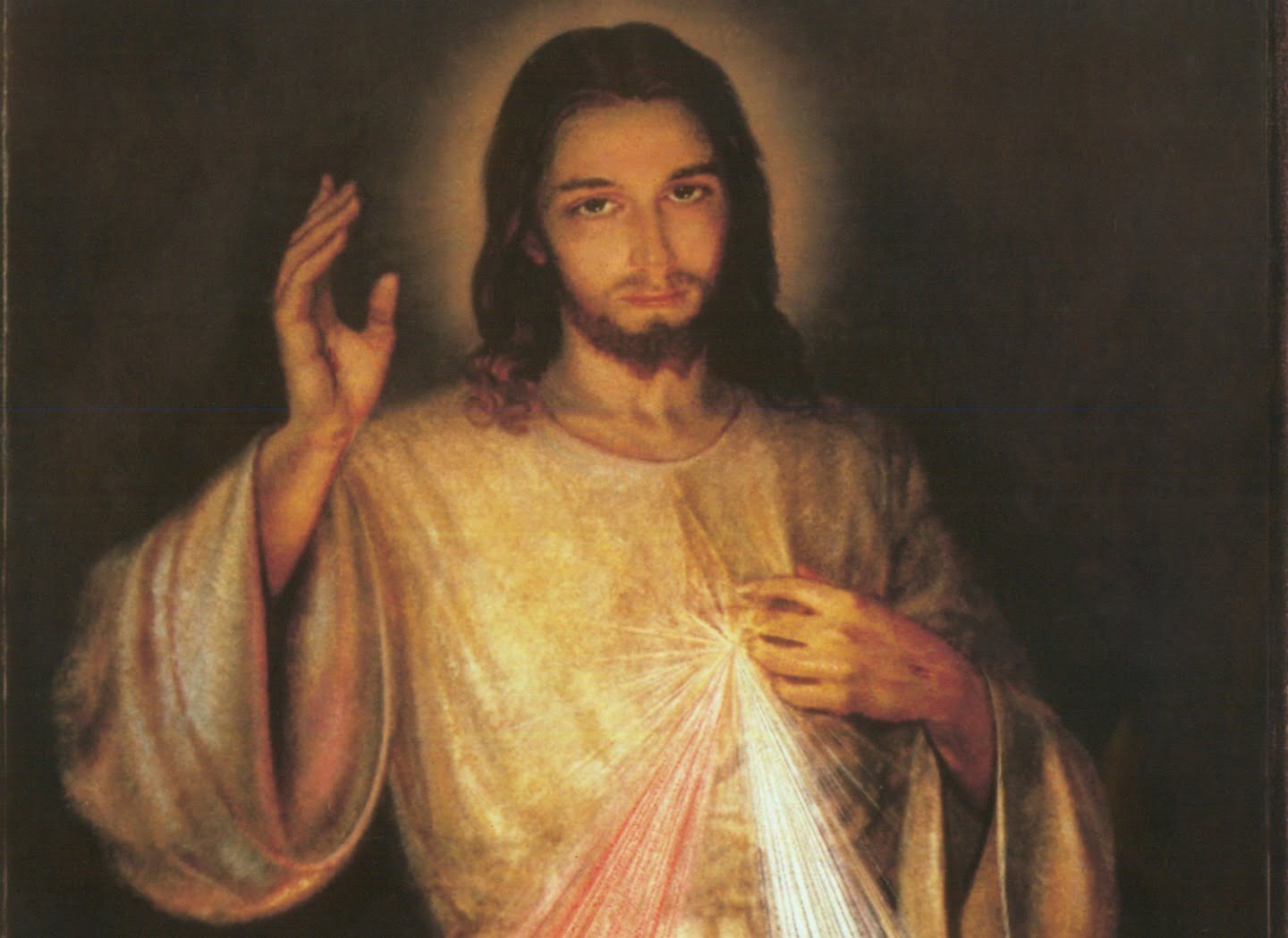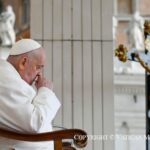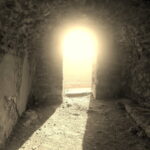Reading time: 4 minutes
The Chaplet of Divine Mercy is a Catholic Christian prayer.
Its origins date back to a private revelation thatSaint Faustina Kowalskaclaims to have received fromJesusin 1935 and in which he would have asked her for a particular form of said prayerChaplet toDivine Mercy. According to Sister Faustina, detailsthank youthey would have been granted to whoever recited thisprayer
Mymercyit will envelop the souls who recite this chaplet in life and especially at the hour of death. For the recitation of this chaplet I like to grant everything they ask of me. THEprieststhey will recommend it tosinnersas the last table ofsalvation; even if it were thesinnermore hardened if he recites this chaplet only once, he will obtain thegraceof my infinitymercy. When close to aagonizingthis chaplet is recited, the anger ofGodand the inscrutablemercywraps thesoul
Prayer enters the tradition ofChurchand spreads above all following the establishment of theFeast of MercybyJohn Paul IIso as to then be advised by successors asPope francescoand be prayed for, like therosaryeven through the media
At three o'clock in the afternoon the short prayer is recited after the name of the Father, the Son and the Holy Spirit: "O Blood and Water, which flowed from the Heart of Jesus as a source of Mercy for us, I trust in You" Our Father, Hail Mary and I believe “Symbol of the Apostles”.
If it is possible to dedicate less than 10 minutes to Jesus Christ, the entire Chaplet of Divine Mercy is recited and the "short prayer" is said both at the beginning and at the end

It is recited using the rosary crown
- It begins by reciting, after thesign of the cross, AOur father, AAve Mariaand theI think(in the version of the "Symbol of the Apostles").
- On the 5 (five) beads of the Our Father, or the major beads of the Holy Rosary, it is said: «Eternal Father, I offer You the Body and Blood, the Soul and the Divinity of Your most beloved Son and Our Lord Jesus Christ, in atonement for our sins and those of the whole world."
- On the 50 (fifty) smaller beads it says: «For His painful Passion, have mercy on us and on the whole world.»
- At the end it is said three times: «Holy God, Holy Strong, Holy Immortal, have mercy on us and on the whole world.»
- The prayer ends with the following invocation: «O Blood and Water that flowed from the Heart of Jesus as a source of mercy for us, I trust in you!»; and finally again thesign of the cross.
The image depicts the merciful Jesus, with his right hand raised, and two rays coming out of the heart, one white and one red, representing water and blood respectively. Jesus is depicted with a white tunic, surrounded by light, on a blue background, and has the phrase "Jezu, ufam tobie" ("Jesus, I trust in you") at the bottom. It is the artistic representation of the visions that Sister Faustina claims to have had.
The picture was first painted in Vilnius, Lithuania by the artistEugeniusz Kazimirowski, after his neighbor andspiritual directorby Sister Faustina, FrMichal Sopocko, had partially told him of the mission that Sister Faustina claimed to have received. The painter took about six months to complete the work ordered and under the continuous presence and control of the nun and the priest. Sister Faustina was particularly demanding and continually asked for corrections or additions of details, to obtain an image faithful to the vision. The face of the painting matches correctly with the face of theHoly Shroud.
(source Wikipedia)





